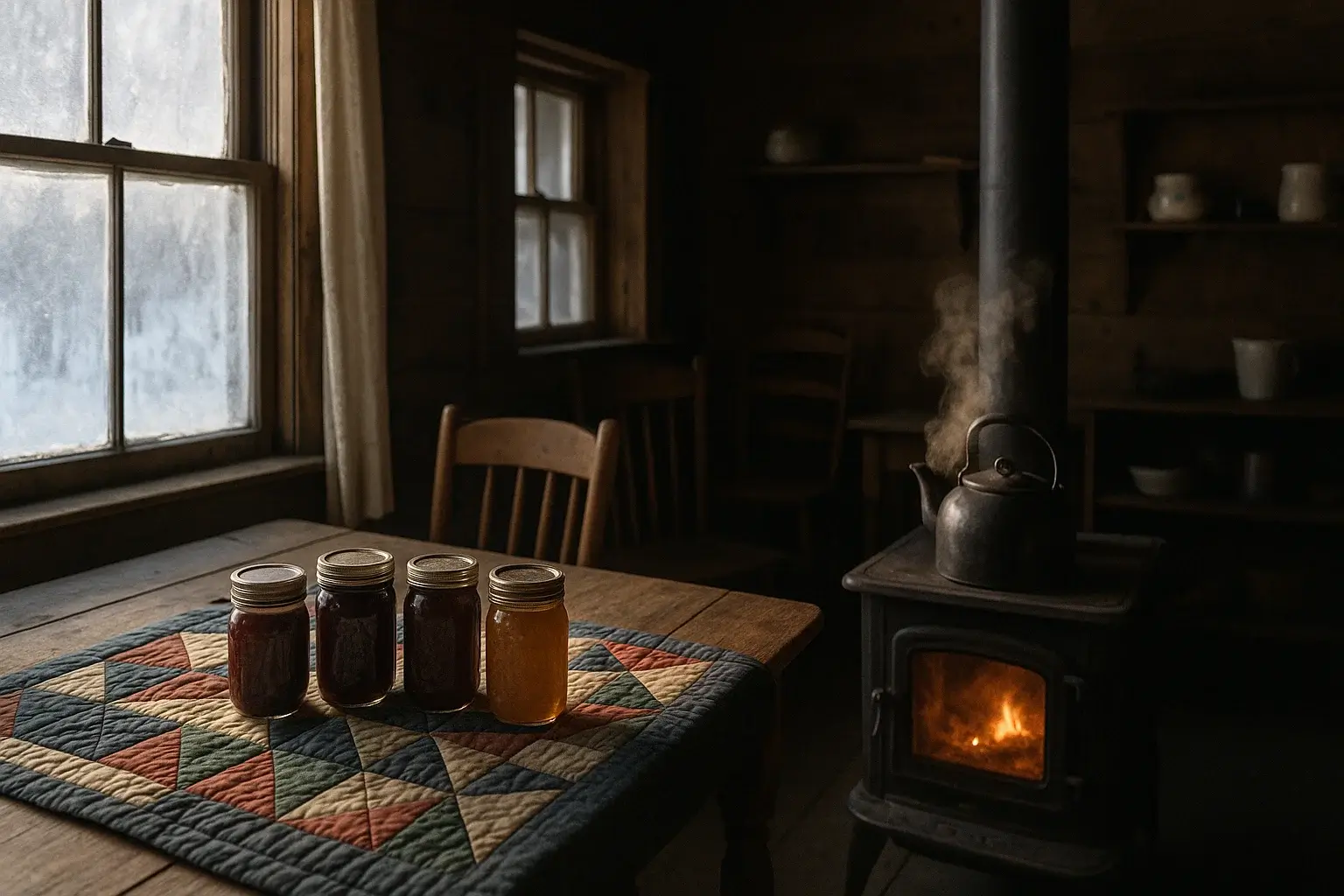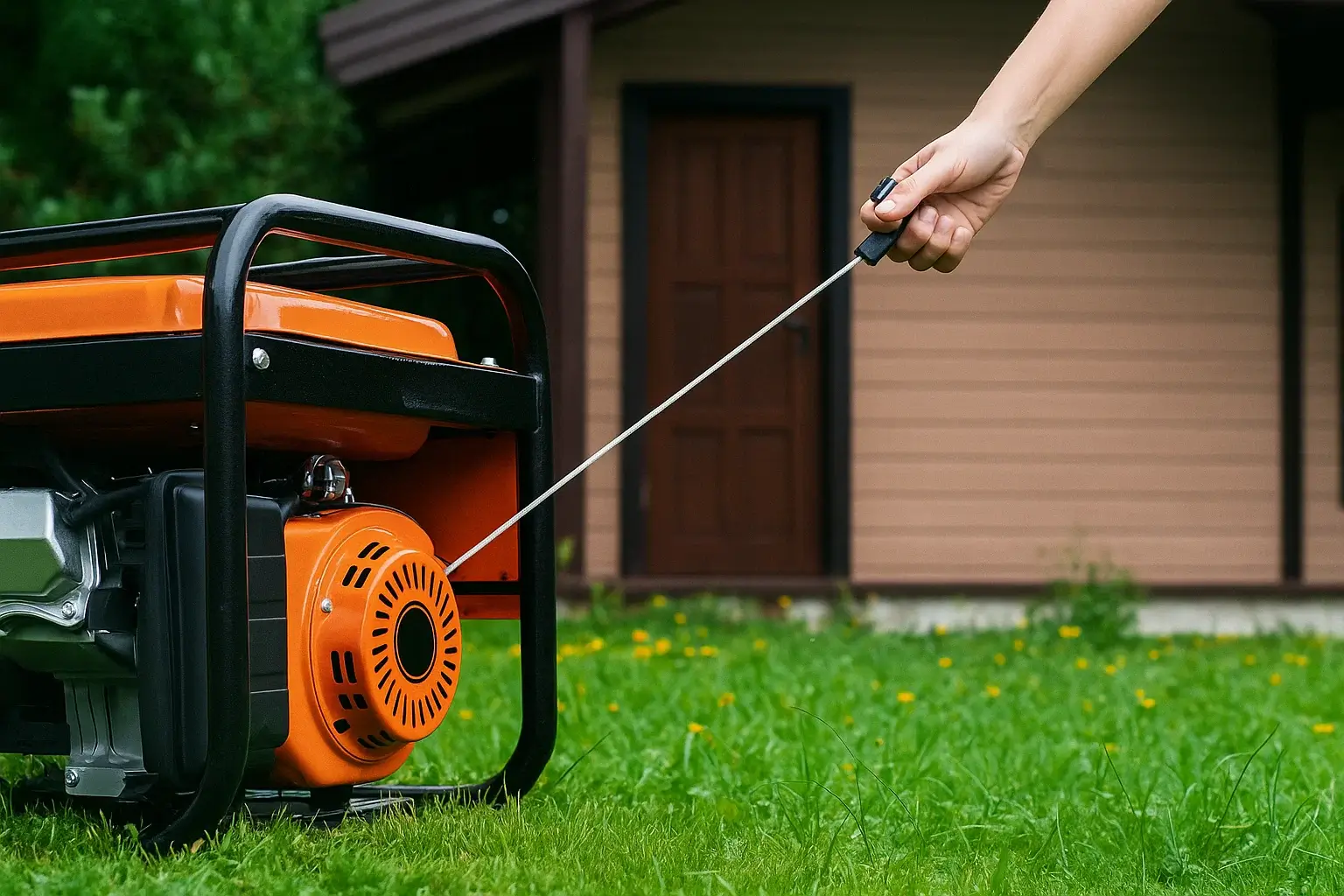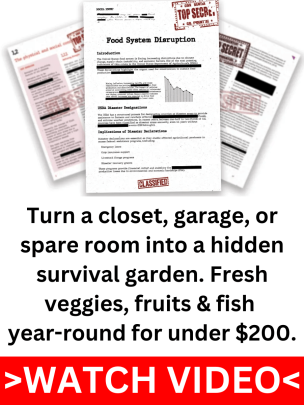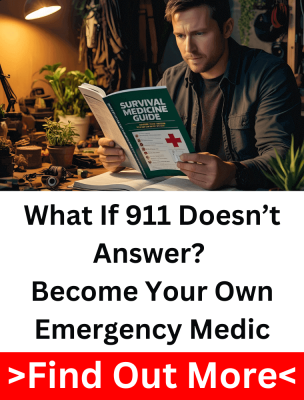Even experienced preppers can fall into a false sense of security. You’ve got the gear, the stockpile, maybe even the bug-out bags packed and sitting by the door. But when was the last time you tested it all in real-world conditions? A lot of people think they’ve got things squared away, until a blackout hits, the grid goes down, or a winter storm knocks out power for three days, and reality shows them otherwise. The problem isn’t a lack of effort. It’s the blind spots, the subtle, often-overlooked prepping mistakes that don’t show up until they matter most.
This article isn’t about rookie errors like forgetting to buy batteries or skipping water filters. It’s a full-on audit for people who’ve been prepping for years and want to be sure their plan holds up when it counts. If you’re serious about being ready, not just looking ready, then take a close look at these seven critical areas where even solid preppers slip up. Fix them now, before they become the reason your plan fails.
1. Your Food Storage Might Fail You
A lot of folks put serious time and money into building up a solid food stockpile, only to store it in all the wrong places. Garages, sheds, and attics might seem convenient, but they’re some of the worst environments for long-term food storage. Temperature swings, humidity, and pests can quietly destroy what looks like a rock-solid stash. This is one of the most common prepping mistakes people make: assuming the food is safe just because it’s sealed and stashed away.
Even your freeze-dried meals, the kind you spent good money on, aren’t invincible. They’re often marketed with “25-year shelf life” guarantees, but that only holds under ideal conditions. If you’re storing them in areas with heat, moisture, or direct sunlight, that shelf life drops fast. #10 cans can swell, seals can fail, and you won’t know anything’s wrong until it’s too late to replace them.
Other Article: Survival Foods Nobody Talks About
Over time, even the best-looking storage setup can quietly fall apart if it’s not checked and rotated. Bags break down, cans rust, boxes warp, and expiration dates sneak up on you. It doesn’t matter how much food you have if half of it turns out to be useless in a real emergency. Get in the habit of auditing your stash every few months, and store it like your life depends on it, because one day, it might.
2. You’re Storing Calories, Not Nutrition

Most preppers think in terms of bulk: rice, beans, peanut butter, pasta. And sure, those staples are great for stocking calories, but they won’t be enough to keep your body functioning when the pressure’s on. In a real emergency, your metabolism changes. Stress, cold weather, hard labor, even fear, they all increase your body’s demand for nutrients, not just fuel. That’s where a lot of otherwise solid food plans quietly fall apart.
If your stockpile is low on healthy fats, fiber, and essential micronutrients like iron, potassium, and magnesium, your body will start breaking down fast. Think fatigue, confusion, muscle cramps, and even immune system crashes. You won’t notice it in the first 48 hours, but give it a week of physical strain, limited variety, and no fresh produce, and it’ll catch up with you hard.
A stash built on rice, beans, and peanut butter might technically keep you alive, but it won’t keep you sharp, strong, or mobile. The better move? Start incorporating shelf-stable options that add nutritional variety: dehydrated vegetables, multivitamins, canned meats, oils, and even powdered greens. Survival isn’t just about having food, it’s about having the right food when your body’s running on overdrive.
3. You Haven’t Practiced With Your Gear
You can have shelves full of top-tier survival gear, but if you’ve never actually used it under pressure, it’s just expensive clutter. This is one of the most dangerous prepping mistakes out there: assuming ownership equals readiness. Gear is only as good as the hands using it. And in a real-world crisis, you won’t have time to read the manual.
We’ve all seen it: filters that clog on first use, radios that were never charged, flashlights with dead batteries, and fire starters that fail the moment you’re caught in cold rain and high wind. These things don’t just fail, they fail when you need them the most. The time to learn how your tools perform isn’t when your hands are shaking and the lights are out.
If it’s not second nature, it’s a liability. You should know your gear the way a mechanic knows their tools, by feel, even in the dark. Whether it’s tying a tarp with frozen hands or making a fire with wet wood, skill will always beat equipment that’s never been tested. Don’t just store it, train with it until it’s instinct.
4. You’re Relying on Solar Without Backup
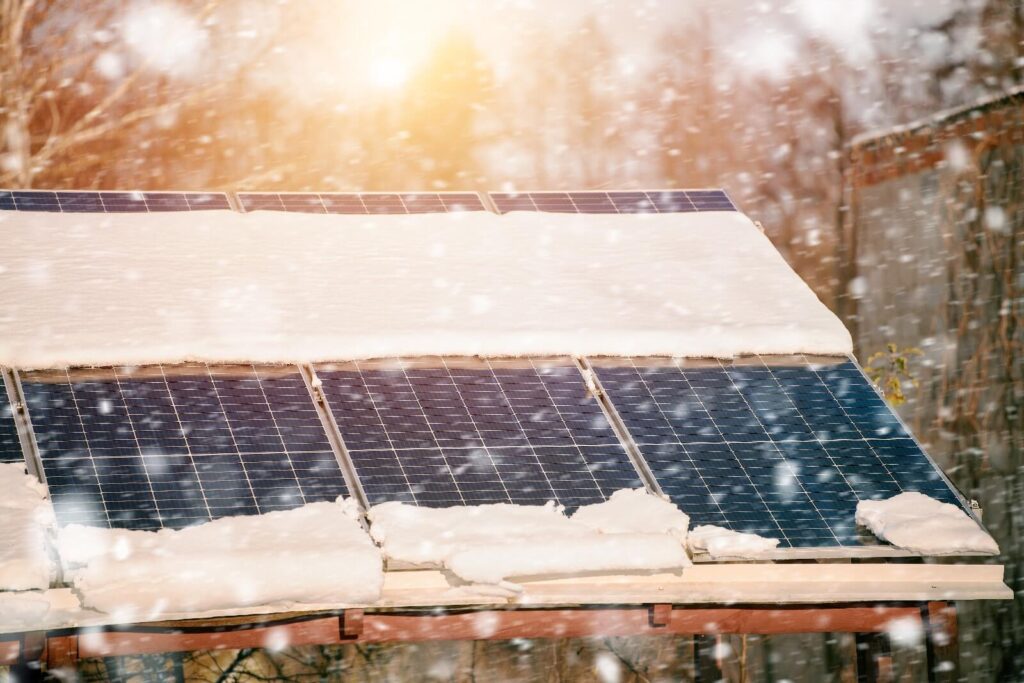
Solar power is a game-changer for off-grid living, but too many preppers treat it like a silver bullet. Panels on the roof, a few batteries in the shed, and it feels like you’ve got your energy problems solved. But here’s the catch: solar gear degrades. Lithium batteries lose charge cycles over time. Inverters go bad. Wiring corrodes. And if you haven’t tested your system in bad weather or after long storage, you might be in for a surprise.
What happens when you hit a week of overcast skies? What about when a snowstorm rolls in, or the days are just too short to recharge properly? Relying on solar without backup options, like manual generators, stored fuel, or even thermal systems, is one of those emergency preparedness errors that doesn’t show up until your power suddenly cuts out, and there’s no backup plan in place.
Other Article: When the Sun Is a Killer: How to Survive Extreme Heat With No Shade
Your power setup shouldn’t just work when things are ideal. It should be rugged, layered, and able to handle stress. If you’re not cycling your gear, running drills, or stress-testing it in cold or wet conditions, then your energy plan is running on hope, and hope won’t keep the lights on when it matters.
5. You Assume Bugging Out Is Always Smarter

Hollywood makes bugging out look like the ultimate survival move: grab your pack, head for the woods, and live off the land. But real life doesn’t work that way, especially if you’ve got kids, aging parents, medical needs, or just a realistic view of what travel looks like during a disaster. The truth is, leaving home in a crisis often puts you at more risk, not less.
Bugging in, staying put, defending what you know, and using your stored resources is often the smarter move. You’ve got shelter, supplies, community awareness, and a better sense of control. Sure, sometimes bugging out is necessary. But if that’s your go-to plan without a clear trigger or fallback, you’re not preparing, you’re escaping. Prepping should be about security, not fantasy.
6. You Still Trust Your Tech Too Much

It’s easy to feel secure when your phone’s fully charged, your GPS is locked in, and your radio crackles to life on command. But when the grid’s down, towers are fried, or batteries are toast, all that tech becomes dead weight. If your entire navigation or comms plan depends on devices that can break, fail, or get jammed, you’re walking straight into one of the most overlooked prepping mistakes.
Real preparedness means redundancy. You should know how to read a paper map, use a compass, signal without a radio, and navigate landmarks by eye. High-tech tools are great, but if you can’t operate without them, your plan isn’t as solid as you think. In a real crisis, the simplest solutions are often the ones that hold up.
7. You’re Still Prepping Like It’s 2020
A lot changed after 2020, including supply chain breakdowns, medical shortages, and political unrest. But if your prepping plan hasn’t evolved since then, you might be preparing for a world that doesn’t exist anymore. Today’s threats look different. Cyber attacks, EMP risks, long-term grid instability, and a surge in civil unrest are shaping a new kind of crisis. If your routines haven’t adapted, you’re prepping on outdated assumptions.
Threat profiles have shifted. It’s no longer just about staying inside during a lockdown. Now it’s about keeping your home secure without help, storing enough water to last through infrastructure failures, and having survival prepping tips ready for low-trust, high-risk situations. You need plans for disappearing quietly, not just surviving loudly.
Other Article: Your First 5 Moves When You’re Lost in the Wild
Your drills, bug-out routes, and fallback locations need to be reevaluated. Can you still rely on that secondary highway out of town? Is your communications plan resistant to cyber disruption? Are your defenses tuned for human threats, not just storms or floods? The tools you used in 2020 might still work, but the way you use them has to change.
Don’t let old habits blind you to today’s dangers. The world is shifting fast, and survival now demands flexibility, not just stockpiles.
These aren’t theoretical mistakes, they’re the kind that fail in real time. When the lights go out, when comms go dead, or when things get loud outside your window, it’s too late to wish you’d double-checked your gear or rotated your food. The biggest prepping mistakes are usually the ones we didn’t even realize we were making.
If one of these points hits a nerve, that’s not a bad thing, it means you’re paying attention. Fix what needs fixing. Update what’s outdated. And keep pushing your readiness forward. Because real survival isn’t about staying perfect, it’s about staying honest with yourself and being ready to adjust before the world forces your hand.





